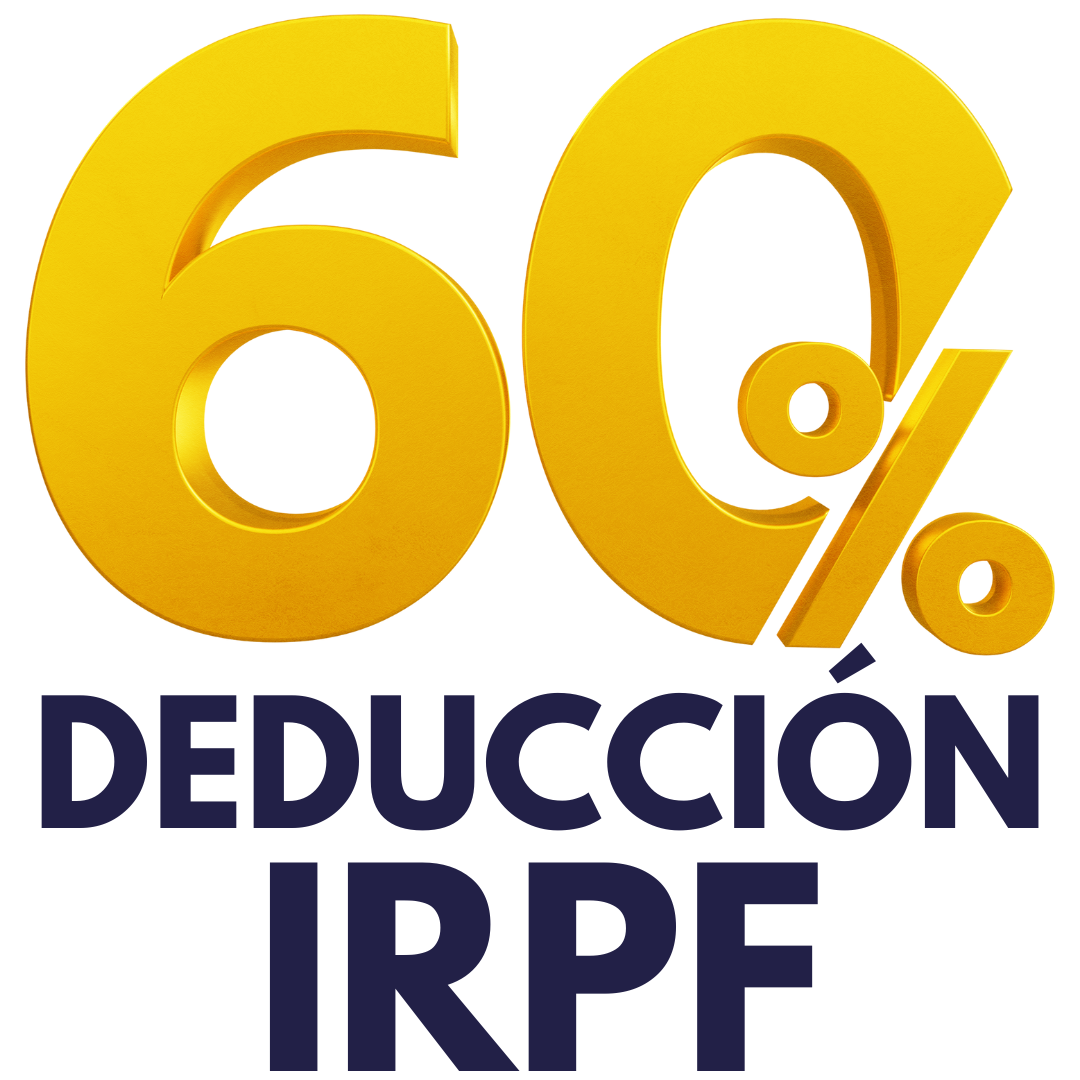
Subvenciones en Costa del Sol
On this page, we will update you with the available subsidies, grants, and tax benefits for solar installation in Andalucia.
What is Plan Ecovivienda?
The purpose is to finance construction work or activities in collective residential buildings, including residential buildings, and in single-family houses in which an accredited improvement in energy efficiency is achieved.
This has a maximum amount of 3000€ to be dedicated. When we know that this is complied with, the presentation can be carried out, which can be done until 31/12/2024.
What is needed to apply for EcoVivienda?
- Reduction of non-renewable primary energy consumption of at least 30%.
- Reduction in overall annual energy demand for heating and cooling of at least 7%.
Requirements
- Legal entities: To be duly constituted according to applicable regulations.
- The lessee must have the authorization of the owner.
- It must be the permanent and habitual residence of the owners, beneficial owners or lessees.
Personal Income Tax Deduction (IRPF)
If your home or community property is equipped with solar photovoltaic panels, you are entitled to a substantial deduction on your Personal Income Tax (IRPF). This can range from 20% to 60% of your total investment to make your home or building more energy efficient.
Eligibility Criteria: The IRPF deduction for solar panel installations is available to all Spanish residents who have started solar projects before December 31, 2024. A key requirement is to demonstrate, through an Energy Efficiency Certificate, that your installation has reduced your home’s heating and cooling demand by at least 7%.
How to Claim Your Deduction: This beneficial deduction can be claimed directly through your annual income tax return. The process is simplified and accessible, highlighting the Spanish government’s commitment to promoting the use of renewable energy among its citizens.
Deduction Options
20% Deduction
This deduction is applicable for installations that result in at least a 7% reduction in heating and cooling demand. It is intended for primary residences or properties that are owned and potentially rented before December 31, 2024.
Example: For an installation costing €8,000, since the maximum base for the 20% deduction is €5,000, the deduction would apply to €5,000, not the full €8,000, which equates to a reduction of €1,000. The remaining €3,000 cannot be deducted.
40% Deduction
A 40% deduction is available for those who install solar photovoltaic panels and comply with specific energy efficiency improvements. Installations must be completed by December 31, 2024, and result in at least a 30% reduction in heating and cooling demand or an improvement to an “A” or “B” energy rating. The maximum deduction in this scenario is €7,500.
Example: If your installation costs €10,000 and meets the criteria for a 40% deduction, the deduction would be based on the maximum base of €7,500, resulting in a tax reduction of €3,000.
60% Deduction
The 60% deduction benefits individuals with residential buildings that undergo comprehensive energy efficiency improvements that affect the entire structure. Similar to case 2, the criteria involve completing the work by December 31, 2024, and achieving significant energy efficiency improvements. This category also considers parking spaces or storage units associated with the dwelling, with a maximum annual deduction limit of €5,000. If the amount of the deduction exceeds this limit, you can spread the remaining balance over the next four years, up to a total of €15,000.
Example: Consider that a solar installation costs €14,000 and you are aiming for an IRPF tax reduction of 60%, here is how the deduction would work over the years 2024, 2025 and 2026 based on your proportionate tax liabilities.
Total cost of solar installation: $14,000 Deduction rate: 60% Total potential deduction: $14,000 * 60% = $8,400 Annual Deduction Limit: $5,000 There are annual limits on how much can be deducted each year, and the deduction can be spread over several years if the deduction exceeds the annual limit.
2024 deduction: Your possible income tax liability: €20,000 Maximum deduction for 2024: €5,000 (due to the limit) Remaining balance of the deduction: €8,400 – €5,000 = €3,400
Deduction from 2025:Your possible income tax liability: €25,000 Deduction of the remaining balance: €3,400 (all remaining deduction is used this year if the limit allows. If the limit is lower, adjust accordingly). Remaining balance after 2025: €0 if all the remaining deduction is applied.
2026 deduction: With all of the deductions used at the end of 2025, there would be no remaining balance to deduct in 2026 under this scenario.


